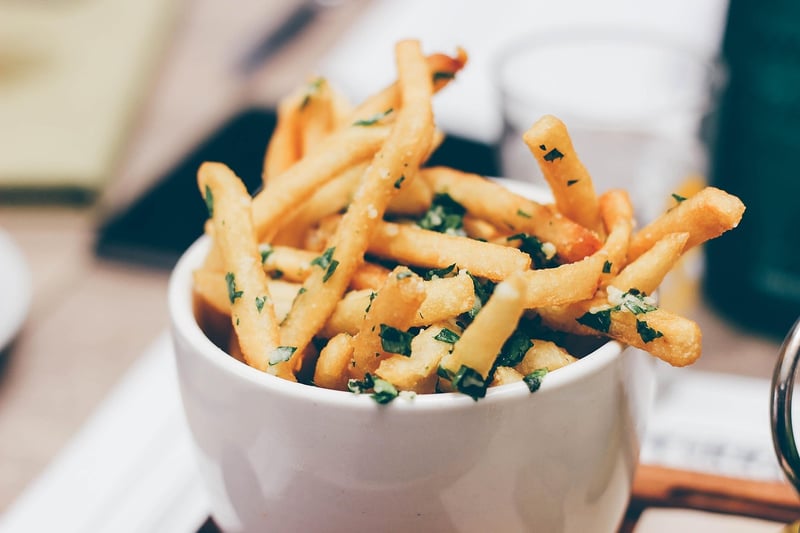Pickling Techniques
Get Creative in the Kitchen with Pickling Techniques
Are you looking to add a punch of flavor to your dishes? Pickling might just be the answer! This age-old preservation method not only extends the shelf life of your favorite vegetables but also enhances their taste with a tangy twist. Let's dive into the world of pickling techniques to help you get started on your culinary adventure.
Why Pickling?
Pickling is a fantastic way to introduce new flavors and textures to your meals. Whether you prefer the crispiness of pickled cucumbers or the heat of pickled jalapenos, there's a pickled delight for every palate. Additionally, pickling is a great method to reduce food waste by preserving excess produce.
Types of Pickling Techniques
There are two primary methods of pickling: fermented pickling and vinegar pickling.
Fermented Pickling
In fermented pickling, vegetables are submerged in a brine solution and left to ferment for a period of time. This process creates tangy and complex flavors thanks to the action of beneficial bacteria. Sauerkraut and kimchi are popular examples of fermented pickles.
Vinegar Pickling
Vinegar pickling involves preserving vegetables in a vinegar solution along with herbs and spices. This method results in a sharp and tangy flavor profile. Pickled beets and bread-and-butter pickles are common examples of vinegar pickles.
Get Started with Pickling
- Choose your vegetables: Cucumbers, carrots, radishes, and red onions are excellent choices for pickling.
- Prepare your brine: Depending on the pickling method you choose, prepare a brine solution using vinegar, water, salt, and sugar.
- Add flavorings: Experiment with herbs like dill and spices like peppercorns to customize the taste of your pickles.
- Combine and store: Place your vegetables and flavorings in a sterilized jar, cover with the brine, and seal tightly.
- Wait patiently: Let the flavors develop by storing your pickles in a cool, dark place for the recommended duration.
- Enjoy your pickles: Once ready, savor your homemade pickles as a snack, condiment, or accompaniment to your favorite dishes.
Ready to Pickle?
Embrace the art of pickling and elevate your culinary creations with unique and zesty flavors. Whether you're a novice in the kitchen or a seasoned chef, pickling is a versatile technique that promises delicious results. So, roll up your sleeves, gather your ingredients, and start pickling your way to culinary delight!

Image Source: Pixabay
